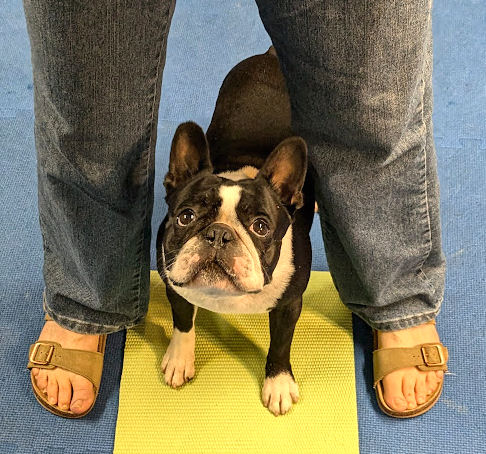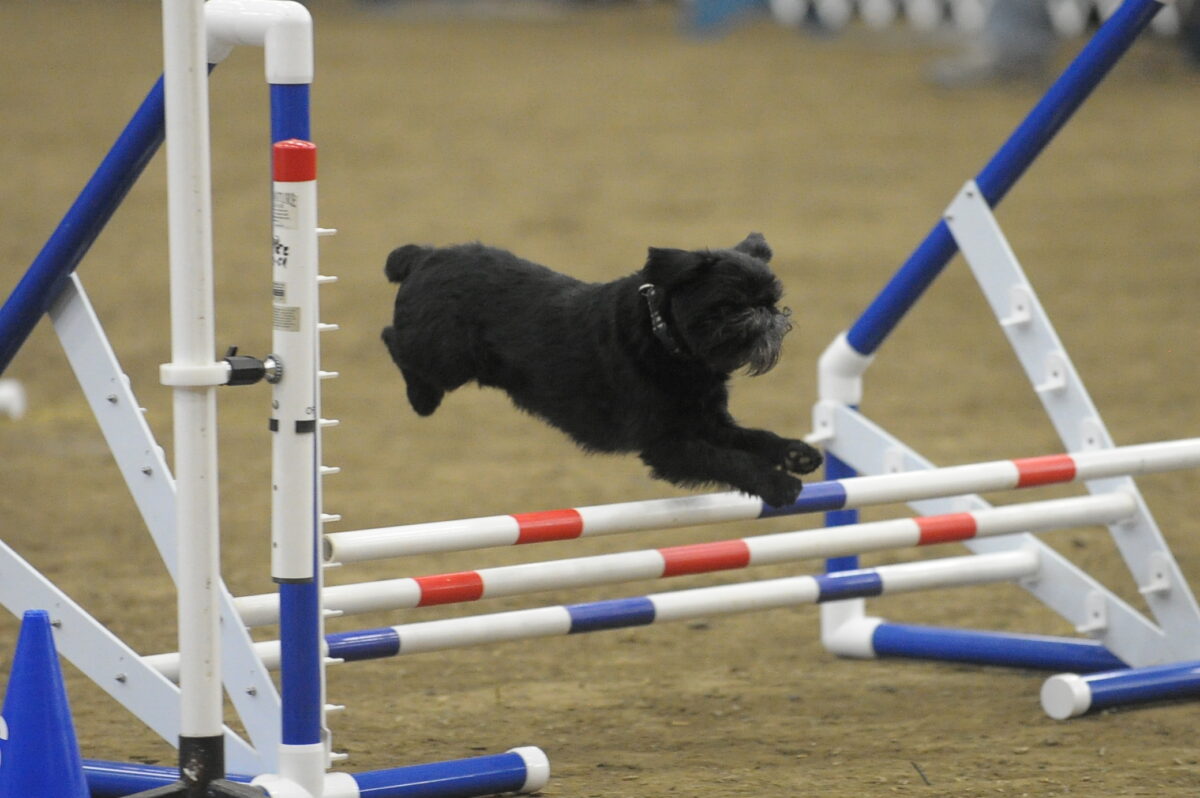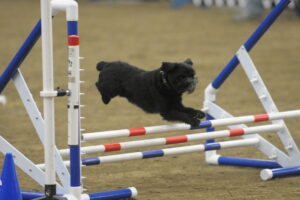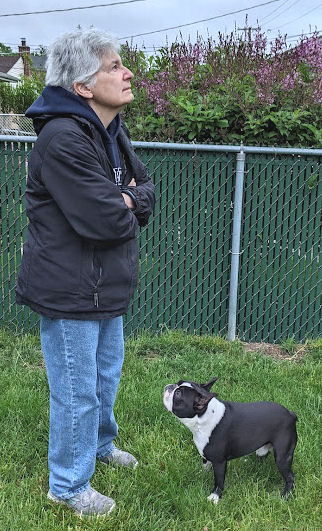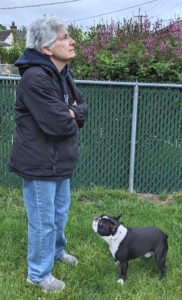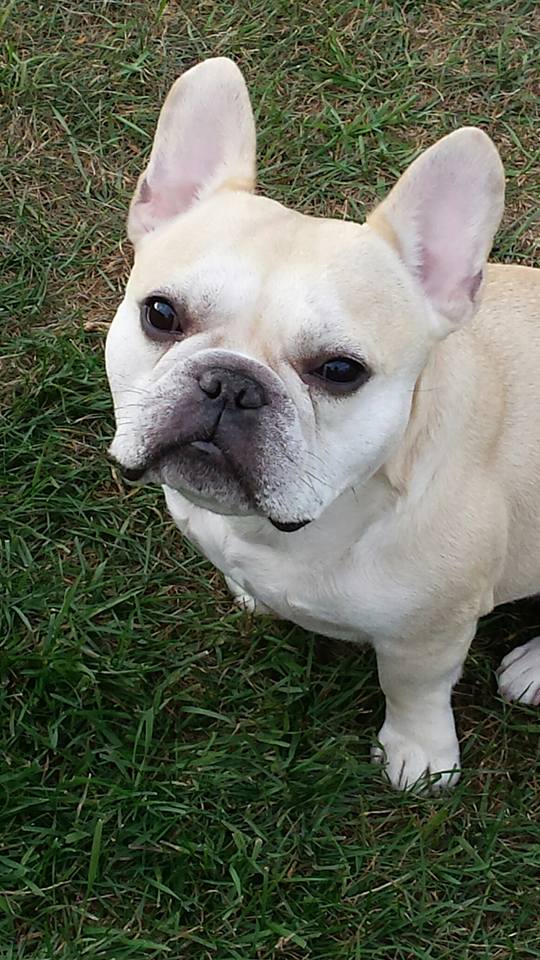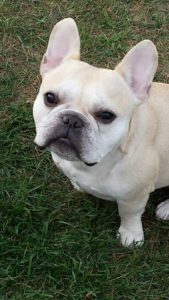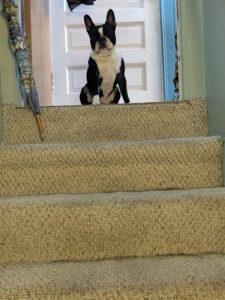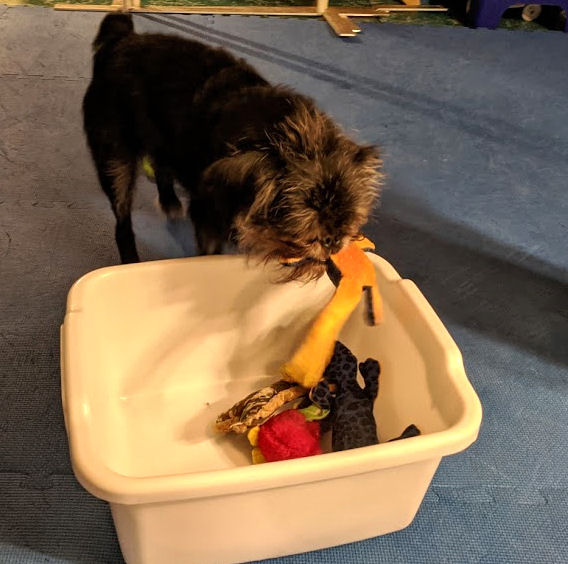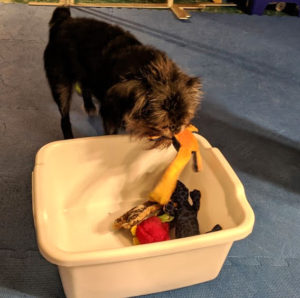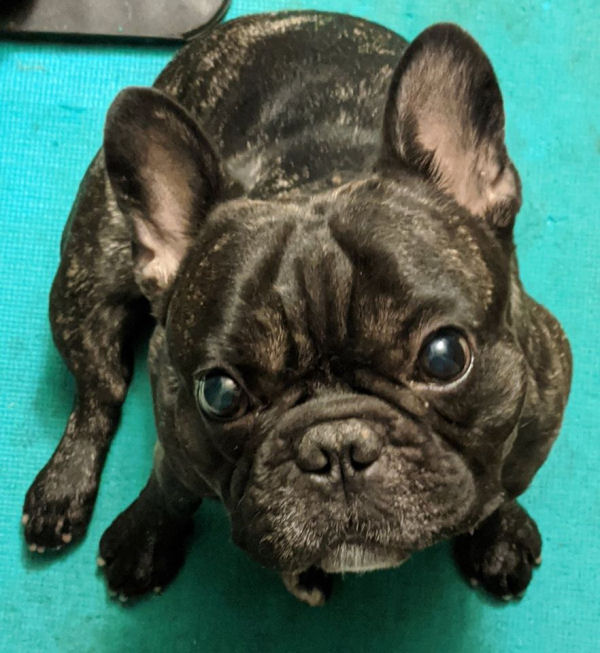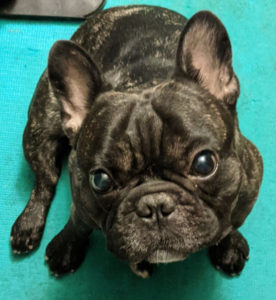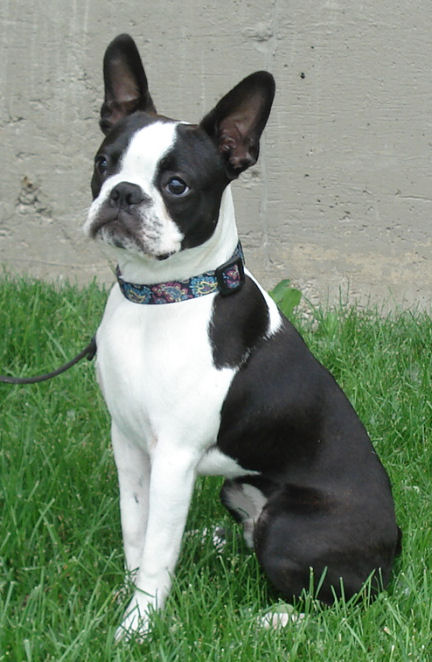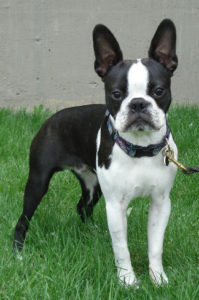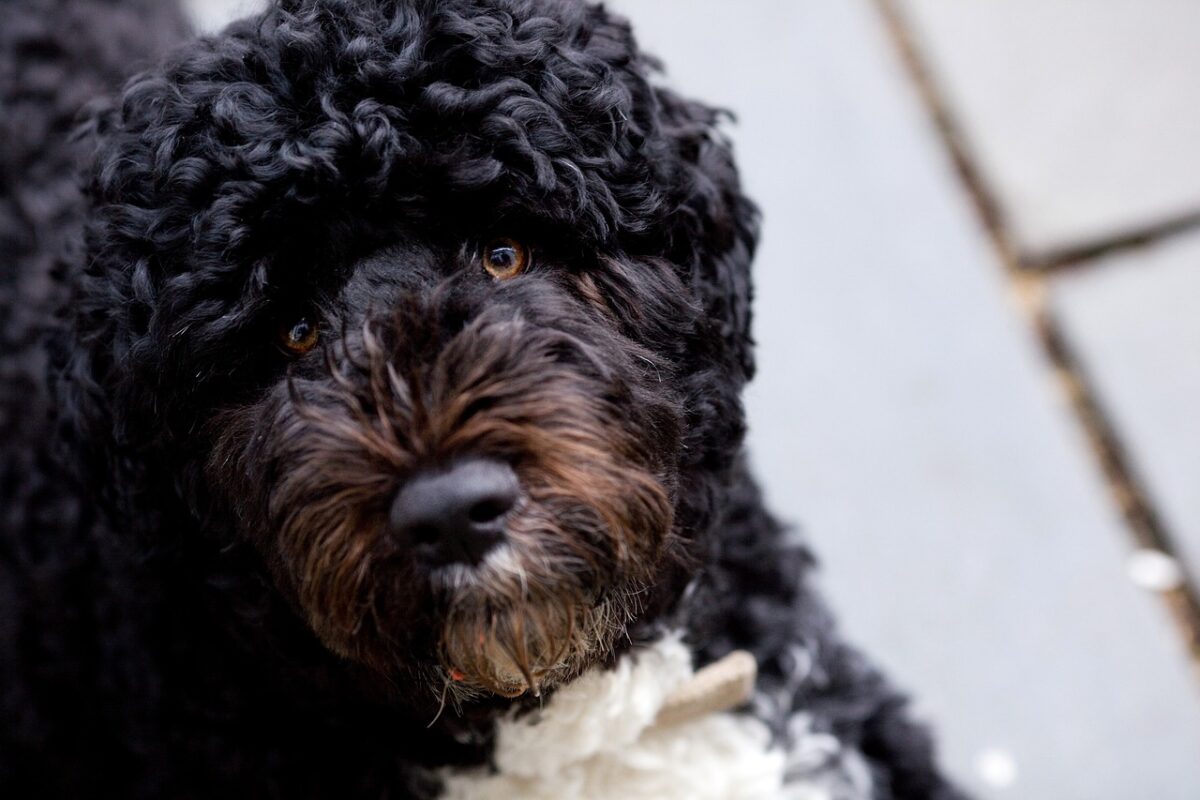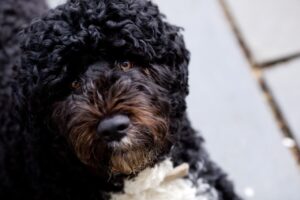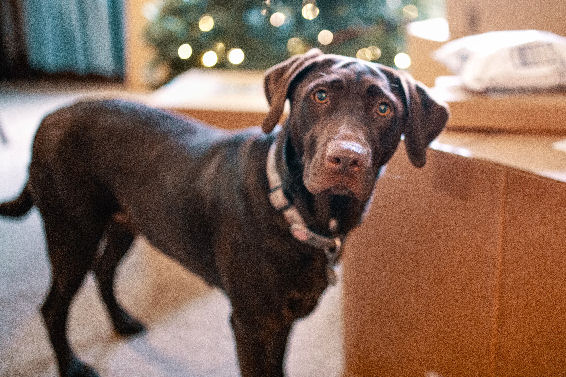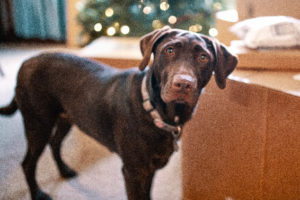It’s not being mean to expect perfection from your dog. It makes it easy for your dog to understand exacly what you want.
We have a friend with both French Bulldogs and Border Collies. Our friend makes us absolutely crazy because she holds the different breeds to different criteria in training. She expects the Border Collies to be perfect. The Frenchies can get away with “meh” performances. So that’s what she gets from them.
Every dog is capable of great things in whatever training you choose. Whether it’s reaching elite dog sport performance or becoming the perfect couch cuddler, it’s up to you. But you’ll do your dog a huge favor if you expect perfection.
“Good enough” isn’t
Have you ever asked your dog to “Sit!” and thought “eh, good enough” when the dog lies down? If so, you just confused your dog. The dog was showing you they don’t understand the word. Instead of clarifying it, you fed the confusion.
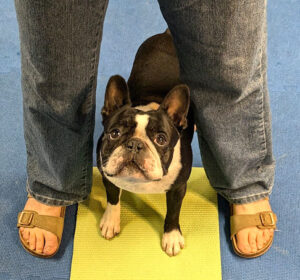
Unlike people, dogs don’t have a sliding scale or understand there’s an acceptable range. Dogs understand “yes” and “no.” “Maybe” is an alien concept. That’s why dogs often behave better for the “strictest” person in the family, rather than the one who’s “nice” to them. They understand what the “strict” person expects of them. Niceness is confusing.
That doesn’t mean you yell at your dog or order them around all the time. It means that you teach them what you want from them. If it truly doesn’t matter to you if your dog sits or lies down, reward whatever you get. If you actually want them to “Sit!” teach them what it means. Accept and reward only an actual sit position. If the dog lies down, wait and look at their butt. Don’t repeat the command. Just wait. As soon as they rise into a “Sit!” reward.
Keep it simple
A key to understanding dogs is recognizing that they love patterns and routines. That’s why people who say “Sit” three times (many do) when they’re teaching their dogs will always have to say “Sit” three times to get their dogs to do it.
Clarity and precision are largely disregarded and underrated. With people, you can easily clear misunderstandings with more words. You don’t have that option with dogs. While they can understand hundreds of words, they’ll only know one meaning for each one. And you’re the one who decides what each word means for your dog.
If you think you’ve confused your dog about something, it’s often easier to start over with a new word than fix the mistake. You may never know why a particular word has become “poison” to your dog. Fran had that happen with Tango. He stopped understanding his release word, which was “Go!” He didn’t.
He couldn’t tell us why. Fran could only deal with what was true. So she started over again with a new release word, “Action!” It’s still working just fine.

